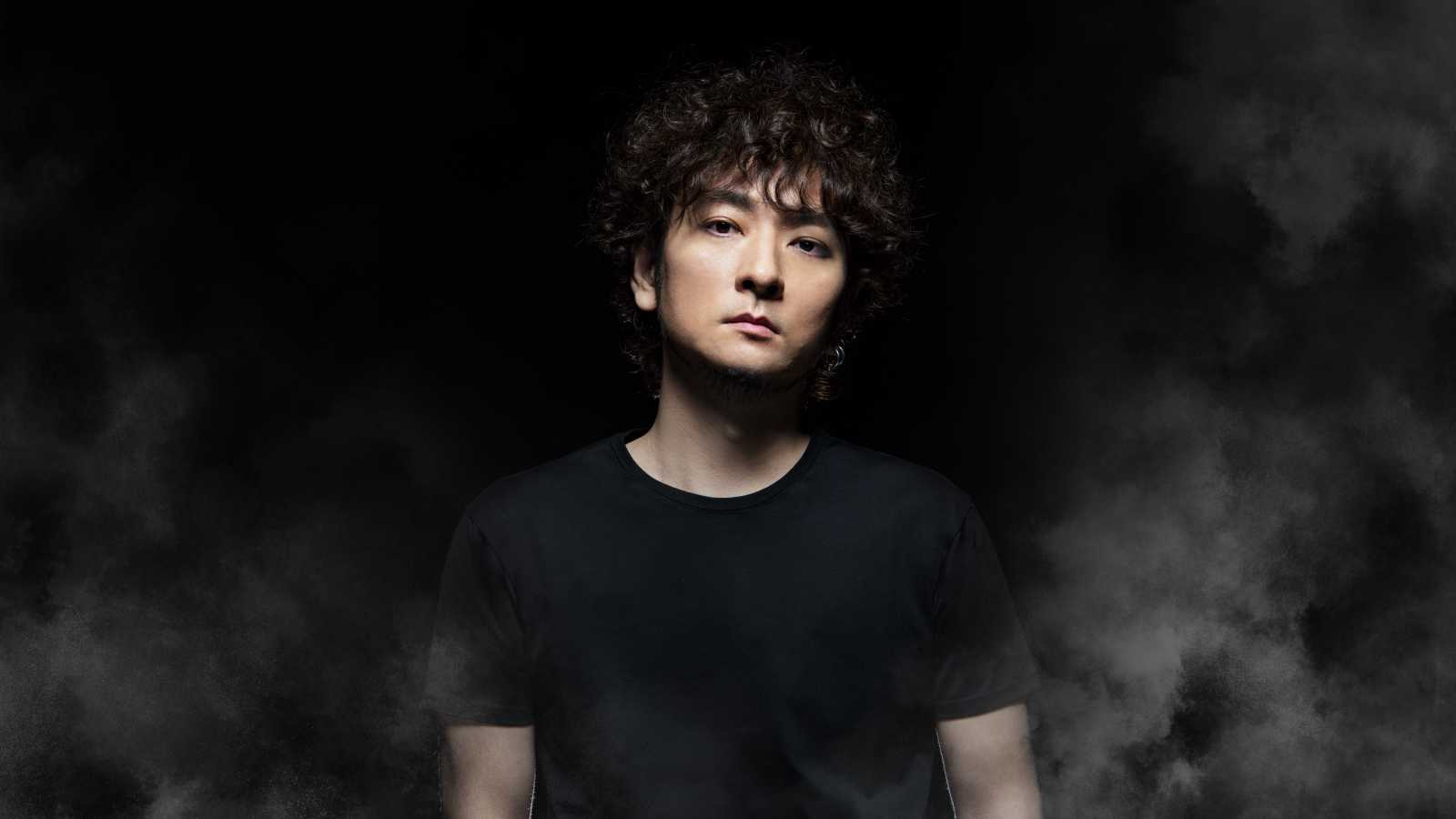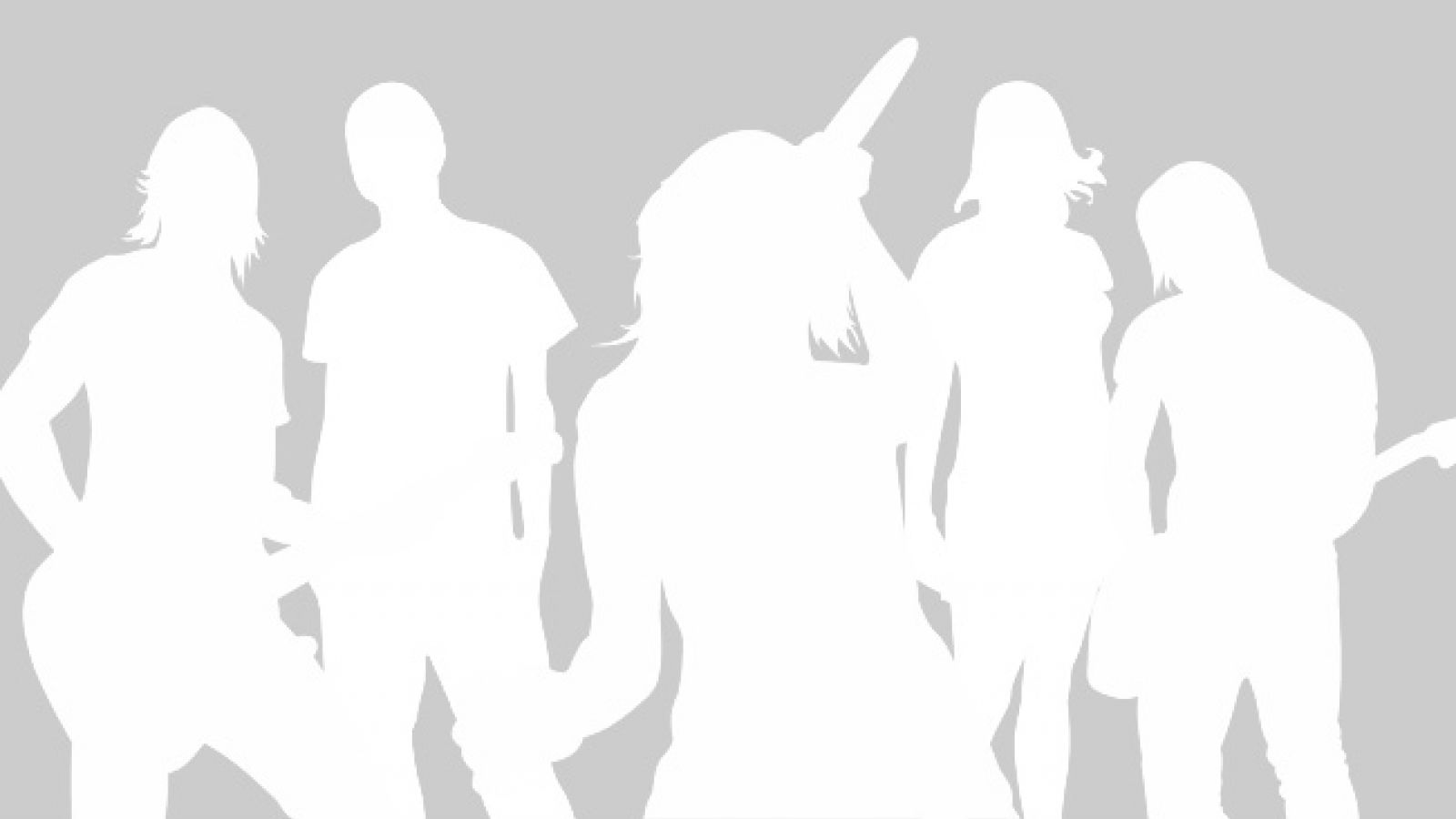Testing the boundaries of the universe, sounds by Fumio Miyashita echo from the turn of the ‘80s to this day.
The indie record label Drag City has recently made an interesting archival discovery, namely the recordings of Japanese synth-wizard Fumio Miyashita's two appearances on the Los Angeles cable access show, “Boffomundo Show”. These recordings, made in October 1979 and March 1980, were released both digitally and on vinyl on September 22nd.
Fumio Miyashita (1949–2003) was a new-age musician who enjoyed moderate success in his home country. He is known especially for his recordings of therapeutic and relaxation music. Nevertheless, in his youth he certainly was more involved with rock. In the latter half of 1970's he became synth-enthusiast, playing in bands like Far Out and Far East Family Band. In these two bands there also featured a performer named Kitaro, who is a somewhat better known Japanese synth-artist to many Europeans.
In 1979 Miyashita worked as a solo artist. During this time he appeared for the first time on the “Boffomundo Show”. Recordings of this show constituted half of the Live on the Boffomundo Show album, which is side A for vinyl listeners. On this recording Miyashita performs with no accompanists. Alongside other synthesizers he played some traditional flutes and percussion as well. A few lines of the artist's singing can also be heard on the recording.
The performance on side A has been divided into three parts that can be considered independent tracks. The first of these recordings stands as sort of a mellow introductory piece. The warm sound of analog synthesizers forms a rhythmic blanket of acoustics over which Miyashita conjures up wandering melodies. Most interesting are the moments when melodies are played by traditional bamboo flutes. Organic sounds from ancient times roam the jungle of an electronic soundscape, like a solitary traveler without a determined destination. In addition, the artist creates a concrete feeling of nature with the help of authentic sound effects. In those days, cassette tapes, not computers, were used to reproduce sound effects like chirping birds and babbling water, which Miyashita made use of during his performance as well.
One can imagine a curtain falling after the first part, as the second beings to make its appearance. The soundscape in this phase is more futuristic than and not as warm as heard in the first part. An old drum sequencer beats a relentless rhythm under the image-arousing synthetic noises and melodies. The melodies are not quite as catchy as in your average anime theme song, but they're certainly not random either. Familiar patterns are repeated with slight variations, building on an overall whimsical atmosphere. Pictures begin to flitter through the mind with these sounds: the distance from home the planet is expanding; the countdown has ended a good while ago; there is no escaping from the perpetual roar of rocket engines.
As if to harmonise with that more threatening depiction, the third and last phase of the 1979 recordings brings forth remarkably more lighthearted melodies: birds are chirping; the babble of a cool mountain brook; a refreshing feeling of spring. Miyashita even recites a few lines about a wandering person. With this atmosphere Fumio Miyashita's 1979 appearance on the “Boffomundo Show” comes to a close. The listener is left with an impressive experience of his versatile, ambient expertise. In no more than 20 minutes Miyashita takes his audience on a trip through the most varied of atmospheres – from the twilight of mountainsides lit by the North Star, to the backwoods of outer space and back again. A journey which feels nicely arranged and well prepared. So smooth are the transitions between different ambiances, the listener can only wonder if the trip was actually only within depths of their own consciousness.
At this point, friends of vinyl records should turn the disc over. About half a year after the 1979 performance, Miyashita appeared on “Boffomundo Show” again. This time he brought guitarist Lance Hooks and bassist George Babon with him. Contrary to the 1979 show, this one was not divided in parts but was presented as a single 24 minute recording of these three musicians' production. The performance begins with the already familiar sounds from nature, and eventually a rhythmic cuckoo is added to the choir of birds. It provided a relaxing background while Miyashita displayed his skills on the traditional stringed instrument, a dulcimer. In spite of these musical additions, the soundscape is still quite similar in comparison to the 1979 recording.
The 1980 performance doesn't seem as structured as the 1979 one, as the musicians' playing sound more improvised and spontaneous. In contrast to the ambient soundscapes of side A, side B provides a more adventurous and abrupt approach. However, the addition of a guitarist and a bassist continues to give the feeling of a more traditional psychedelic rock group. While the basslines are sturdy as a mountain, the guitar gives a quite playful and airy complement to the overall sound. The funky wah-wah effect is put into good use, creating an atmosphere of classic psychedelia, and at some points the maestro, Miyashita himself, remains quiet, letting the guitar and the bass rule the stage for a moment. Suddenly, he starts to randomly recite odd lines of words, which the listener can't be sure whether they're totally made up on the spot or not. Be as it may, the Japanese vocals that were sung through the strong reverb effect surely didn't carry much value for the American audience back in the day when they were performed.
In conclusion, the jam session on the B-side of the album is surely entertaining but it doesn't have the same well-organised, almost story-like, structure that can be detected on the A-side. This leaves it as the less impressive half of the overall recording. On the other hand, thanks to the extended line-up, the 1980 recording stands as a relevant addition to the musical career of Fumio Miyashita and his artistry displayed through the album. Overall, Live on the Boffomundo Show provides great insight into a unique artist's career during a historical point of his creativity. For those who love retro synthesizer music and good old progressive psychedelia, this release will most likely be of highest interest. Thanks to the well-varied and versatile melodious scenes the album paints, it may be a worthwhile product to enjoy for any well rounded music enthusiast in general.

![HYDE [INSIDE] LIVE 2024 -EXTRA- at Makuhari Messe](https://www.jame-world.com/media/image/2024-11/_16-9_14951.jpg)



